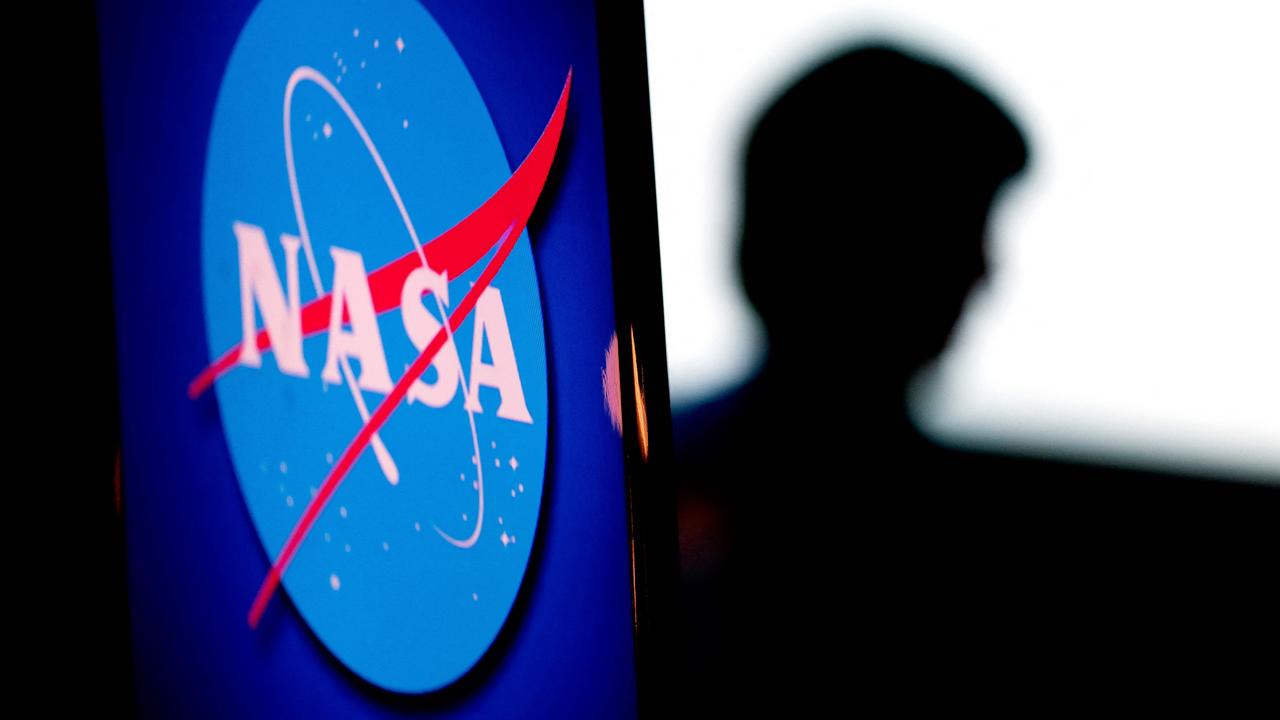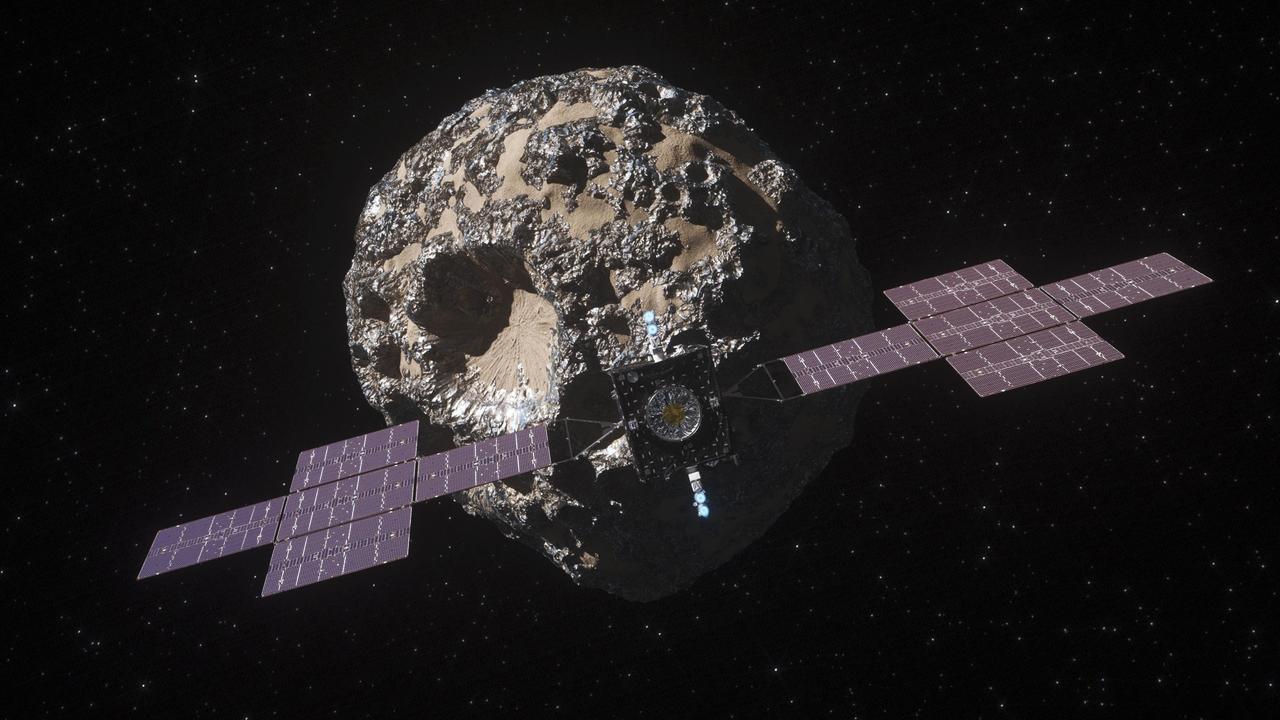‘Serious’: NASA scientist’s grim warning about asteroid hitting Earth
A top NASA scientist is warning the threat of a massive asteroid hitting Earth is much more serious than previously thought.

A top NASA scientist is warning that the threat of a massive asteroid striking Earth is much more fearsome than previously thought.
James Garvin, chief scientist of NASA’s Goddard Space Flight Centre, said, bluntly: “It would be in the range of serious cr*p happening.”
Dr Garvin, who was presenting new research on the matter at Lunar and Planetary Science Conference in Texas, has strong concerns that previous impact sites actually stretched tens of kilometres further than believed, Science.org and the New York Post reported.
He also speculated each event of impact was substantially more violent as well. They may have been 10 times more destructive than the largest nuclear bomb ever detonated, according to Science.org’s report.

“Such topographic data permits reassessment of the role of such impacts in recent Earth history and presents implications for Planetary Defence,” the report reads.
New high resolution imagery was used to study the four craters made in the past million years – Pantasma in Nicaragua, Bosumtwi in Ghana, Iturralde in Bolivia and Zhamanshin in Kazakhstan – in efforts to map them in three dimensions.
Then an algorithm that Dr Garvin used for Mars surface research was applied to determine more about the craters’ topography.

It frequently identified a rim-like region much further away than what was previously interpreted as the centre of impact.
The Pantasma crater expanded from 14.8km to 35.2km under these circumstances.
Still, some in the scientific community aren’t ready just yet to cast a sequel to the film Armageddon.
“Those features are so subtle that I don’t think they say ‘big structural rim,’” Gordon Osinski, a planetary scientist at University of Western Ontario, said.

Brandon Johnson, a planetary scientist of Purdue University, has theorised that the extensions could just be debris caused by the impacts, per Science.org.
But Dr Garvin said that “on Earth, things get messy, particularly when you throw a lot of energy at it,” implying that such debris wouldn’t be so clearly visible after a million years of erosion.
He said more field work needed to be done before making any conclusions.
“We haven’t proven anything,” Dr Garvin said.
This article originally appeared on the New York Post and was reproduced with permission





